More on Planet Atmospheres
(Originally posted by Marvin 20/01/2019 HERE)
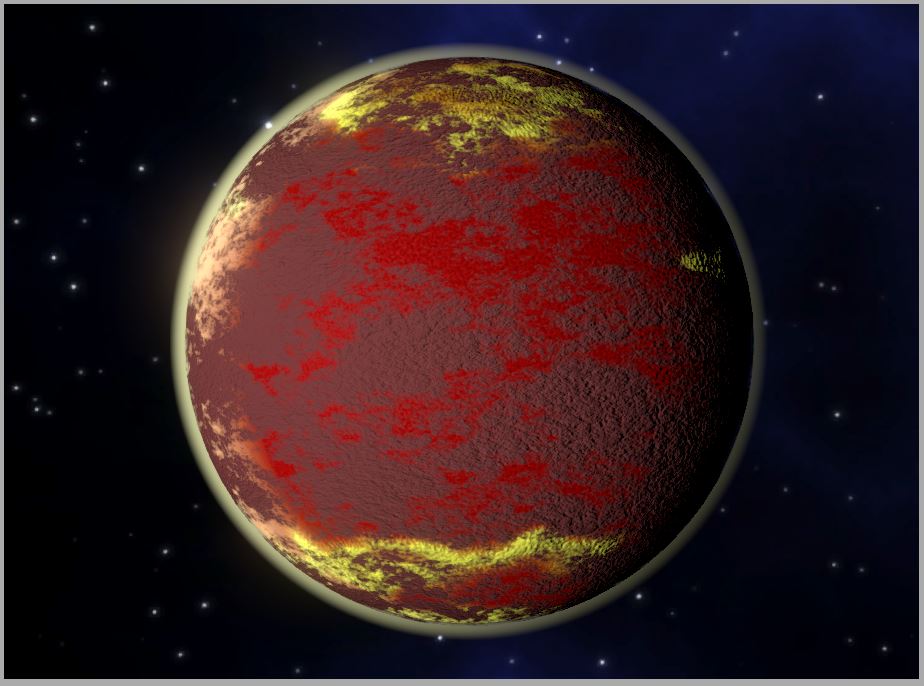
Over the past couple of days, I continued some work on the planetary atmospheres. First, I created a special version of the skybox that can be tinted to the color of a planet’s atmosphere. Then, I updated the planet and cloud shaders so that they can be “fogged”, which means basically transitioning to a solid color to simulate haze. The color of the atmosphere is also modulated by the atmosphere thickness of the planet; it will tend towards black the thinner the atmosphere is. The atmosphere also transitions smoothly out to space and back for the launching and landing animations.
The three images below is an example of a very thin atmosphere, a moderate atmosphere, and a very thick atmosphere viewed from the same spot on the same planet, to illustrate the effect.
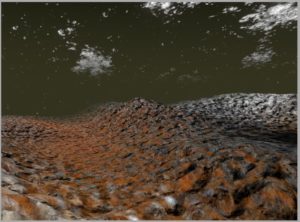
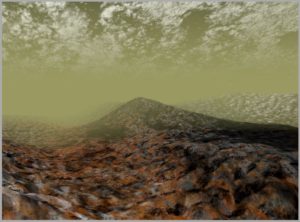
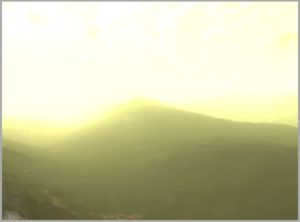
I think I am happy with how planetary atmospheres are working. Coming up next will be some more work done on the landing and launching animations.
Here is some eye candy!
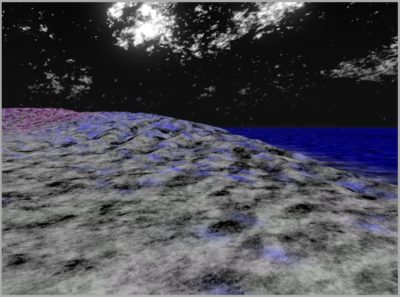
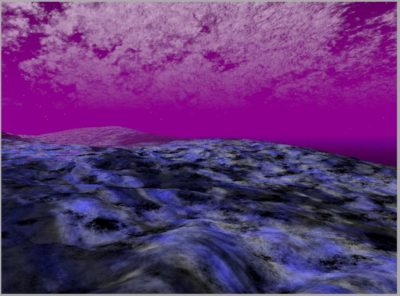
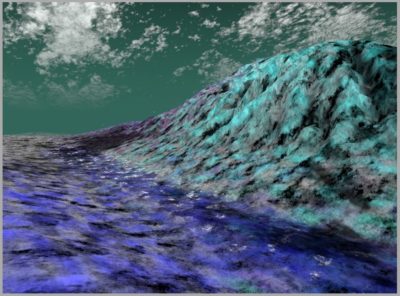
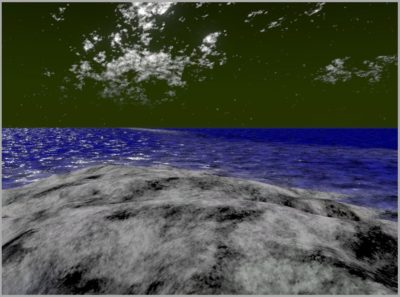
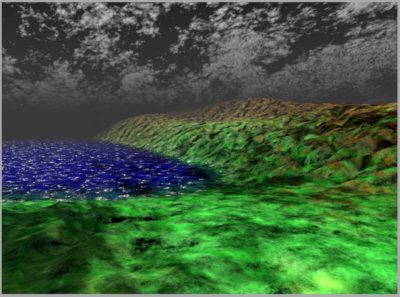
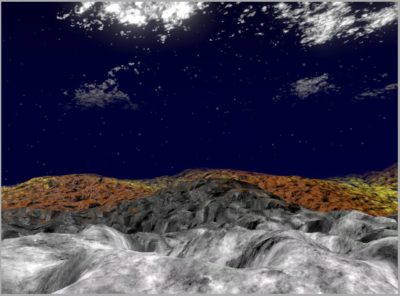
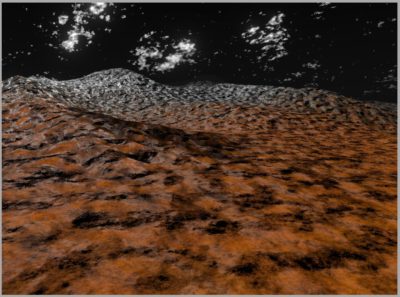
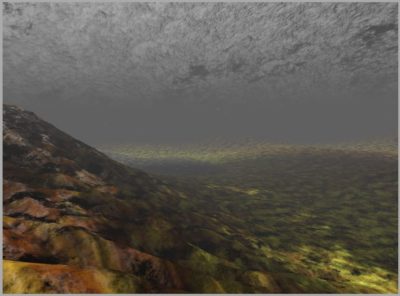
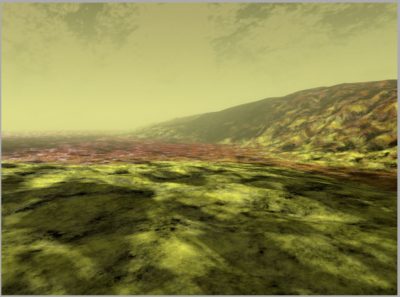
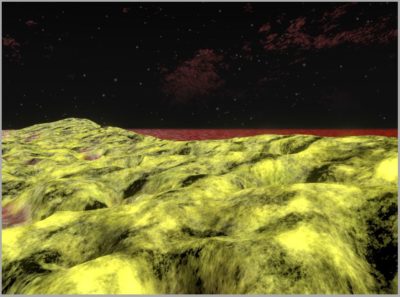
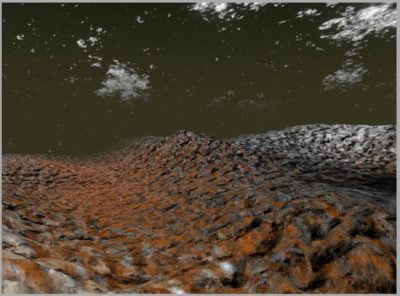
Planetary Landing and Launching Finalized
(Originally posted by Marvin 24/01/2019 HERE)
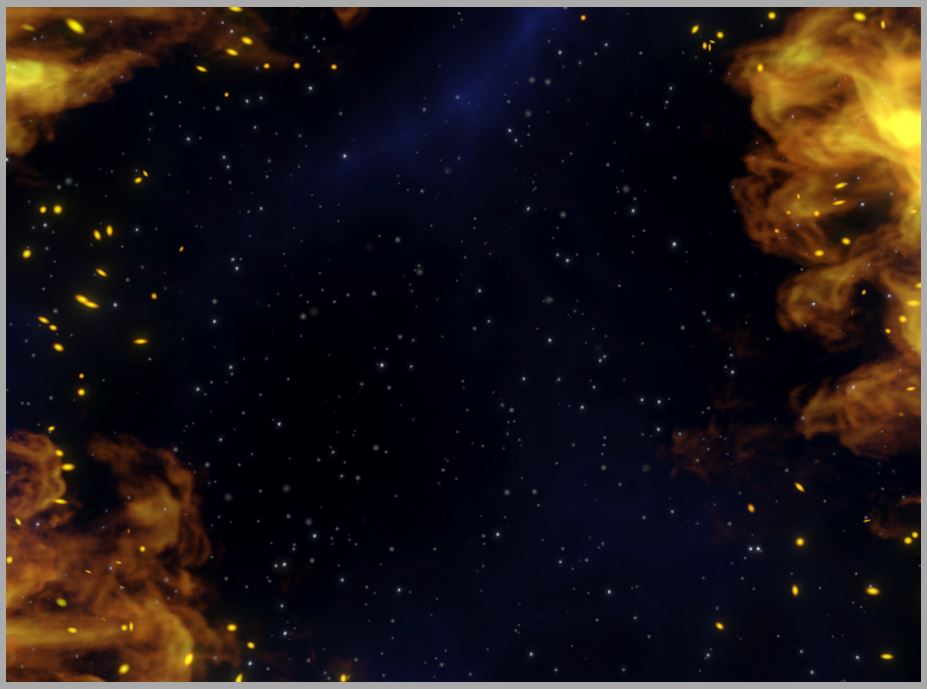
Today I’ve been working on fixing some bugs relating to the planet surface shader and the Intel onboard video chipset and putting the finishing touches on the planetary landing and launching cinematics.
It’s a bit hard to explain in words what it’s like landing and taking off from planets now, so I’ll let the video do all the talking!
By the way, the main rocket sound effects came from actual SpaceX Falcon Heavy launch and landing videos.

